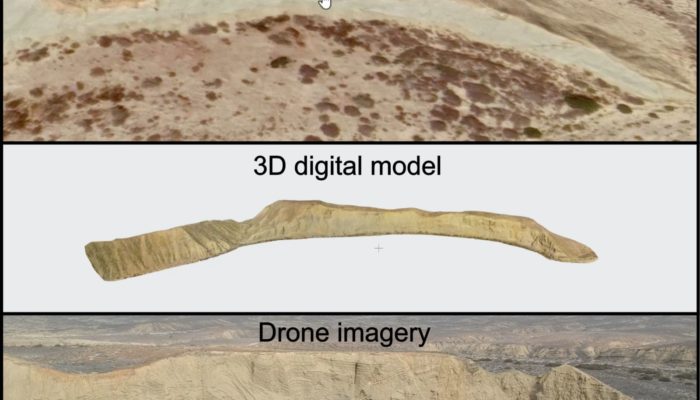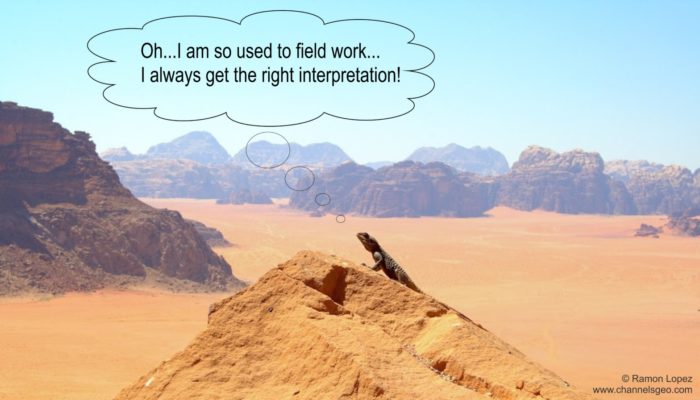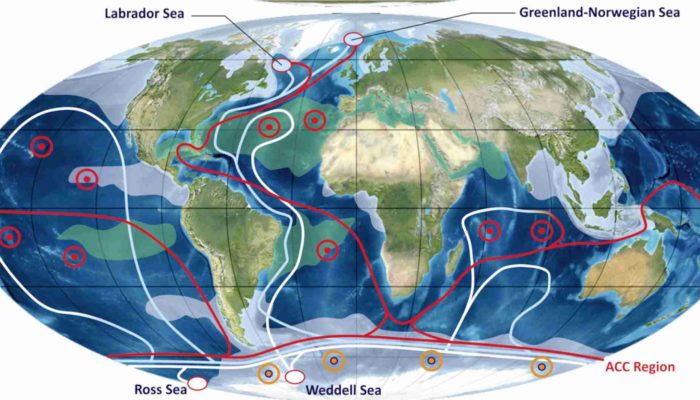From sketches to first photos Knowledge of geology and, in particular of sedimentology, has successfully been transferred and shared for hundreds of years through sketches. Like a botanist or zoologist, a geologist is able to record data from the field with just a paper and a pencil in the form of drawings (see one of the earliest published sketches of an outcrop in Figure 1). Geological maps and ...[Read More]
Winning a modern war is much about sedimentology
Russia has invaded Ukraine. We have been reading and watching in the news how some pieces of high-tech equipment and weapons are being determinant for Ukraine to push back Russia’s invasion. Guided missiles, drones or new generation satellites heavily relie on rare-earth elements for development and production. The aggressor and the invaded country crave for weapons and military equipment to ...[Read More]
Psychology in outcrop studies: heuristic biases – our ‘best’ enemies?
There are not many scientific publications that tackle the issue of subjectivity in geological studies and its impact. In one of them, Baddeley et al. (2004), they state it clearly in some sentences: “the judgements of experts can be biased by their use of heuristics to guide the formation of their opinions” or “accepted or prior opinions of existing experts certainly affect the judgement of other ...[Read More]
Sediment in the deep ocean. Part 2: thermohaline currents that shape the seafloor
In Part 1 we differentiated between (1) shallow-marine tide-related currents from (2) purely gravitational sediment-laden currents. We could add that the former are periodic, as they are controlled by the effect of the Moon and Sun gravitational fields on the oceanic water as the Earth revolves, while the latter are sort of ‘spontaneous’ currents driven by the Earth gravitation field on sedi ...[Read More]



